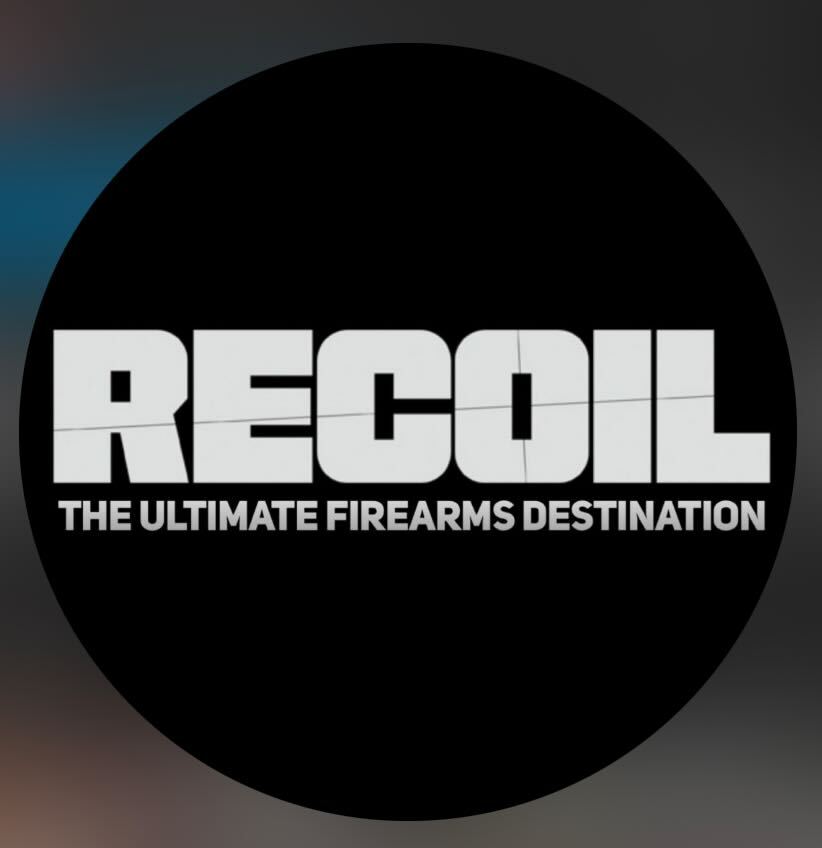
Static line carry can be defined as carrying a knife or firearm in a sheath/holster that is anchored to its host using a line or cord, instead of a clip/strut.
Carrying a defensive tool inside the waistband using a clip or a strut is a pretty easy idea to digest- you just clip it to your belt and you’re good to go. I’ve found over the years that static line carry is a concept for users who like to think outside the boundaries of conventional thought. Like most techniques, each has its purpose and place. Today I’ll make the case for why you should consider static line carry and how to add it to your toolbox.
Versatile
Using a static line sheath, you’re able to carry your tool in more than one way.
The two most common uses of static line are around the neck (neck knife) and around the belt/loop.
The neck knife is an older concept still used today. Our Black Triangle G10 knives with static line sheaths come with Technora cordage. The total length of Technora included is 36”, which is a cut to have the option for neck carry.
Anchoring the static line near the waist allows the user to have the same benefits of carrying with a clipped sheath, with some extras. With the excess cordage, you are able to dangle the knife and sheath below the waistline, for situations such as a visual check or pat-down.

(Le Spike dangling outside of pant leg)
Dangling it down the pant leg alone may not defeat a pat-down, so it is best to have the tool close to genitals. (Please note that following these steps alone do not guarantee success. Many factors come into play, such as: your experience, demeanor, depth of search, competency of person conducting search, etc. These skills must be practiced in order to master them)
A third way to carry a static line sheath is by anchoring the cordage and feeding the sheath behind the belt to the front for an abdominal centerline draw. This gives access to the tool in a way similar to carrying a Clinch Pick or similar knife. Not for everyone, but the option is there.

(Serval Black Edition carried at abdominal centerline)
Concealment Techniques
For those choosing to carry a neck knife, I can offer one tip…our static line sheaths are shipped with the knot at the end opposite the sheath. If I ever carry around my neck, I like to move the knot in either direction toward the chest, so that it is not sticking out of the back of my shirt and drawing unwanted attention.

(Mini Senka neck knife outside hoodie. Note the position of knot moved away from neckline)
Anchoring the static line to a belt or belt loop can be done a number of ways, the way I am familiar with can be seen in the gif below:

(Donovan Mini anchored to belt)
When wrapping excess cordage around the belt, please keep in mind that the more line is left, the longer the draw it will take for the knife to leave the sheath. 2-3 inches above belt line is sufficient for both carrying in the waist band and for drawing from the sheath.
Pushing the knife below the belt line during an impromptu visual inspection is quick and easy.
If you want to anchor your static line without excess cordage wrapped around the belt, cutting the Technora in half to 18" is the magic number. Our static line tools are shipped with 36" of cordage, but we can ship 18". Please indicate in your order notes if you wish to have a shorter static line.
These products come with a static line carry option:
G10 Serval-Black Edition (currently unavailable)
Senka Mini (available 3/1/23)

(L to R: Serval-Black Edition, Senka Mini, Donovan Mini, Le Spike)
Using a static line sheath can be a foreign concept to new end users. Static line carry allows for traditional carry, as well as some advanced concealment options to give you a full range of low-visibility protection.





I had always wondered about this kind of carry. Thanks for sharing!